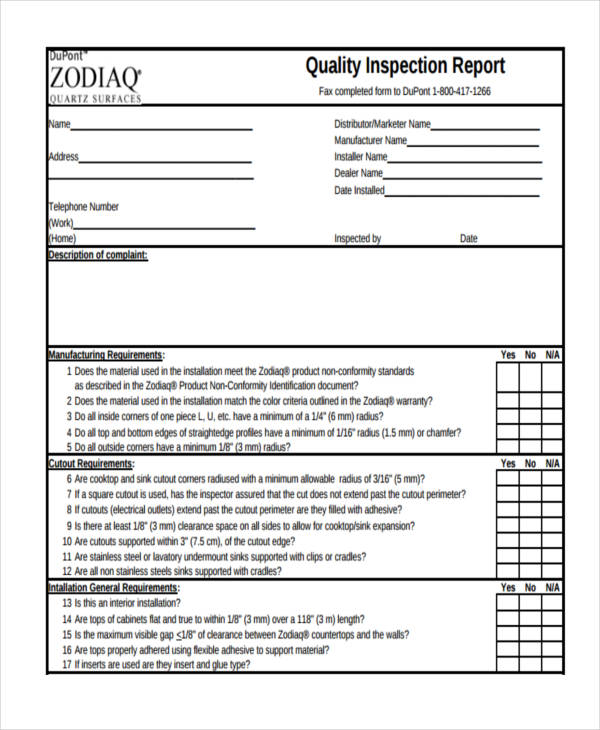

Quality Assurance Manager Seafood Connection.Matrix Spike (MS): Matrix spikes are actual field samples to which known spiked concentrations of target analytes have been added prior to sample preparation and analytical testing. Logo rules for different user groups Our claim Report misuse of the ASC logo Programme assurance. The audit and training are part of the QA program designed to help produce an accurate and complete point sources inventory. It After receiving your analytical data report, do you ever wonder why all of the additional quality assurance-quality control (QA-QC) samples are analyzed and reported? The following definitions will help you better understand the various QA-QC samples commonly reported by Merit Laboratories and what they can mean for your analytical data.On date, a technical systems audit and quality assurance (QA) training session were conducted by the Project Quality Assurance Coordinator (QAC) at the state air agency office.
Recovering the target analytes in the LCS assesses whether the analytical procedure is in control and evaluates the laboratory capability to report unbiased measurements.Laboratory Control Sample Duplicate (LCSD): A laboratory control sample duplicate (LCSD) is an additional replicate of the LCS. LCS and LCSD results are generated to monitor the accuracy and precision of the analytical process on a purified material Following LCS and LCSD recovery results, the Relative Percent Difference (RPD) is reported for each analyte. In addition to RPD, we provide control limits for MS-MSD recovery ranges for each analyte to evaluate performance.Laboratory Control Samples (LCS): The Laboratory Control Sample (LCS) is analyzed to assess the laboratory performance to successfully recover target analytes from a control matrix on a purified sample material, like homogenous sand or deionized water. Following MS and MSD recovery results, the Relative Percent Difference (RPD) is reported for each analyte as a means of measuring reproducibility. MSDs are used to document the precision and bias of a method for a specific sample matrix. Poor spike recoveries for MS-MSD samples could mean your sample matrix is causing matrix interference issues.Matrix Spike Duplicate (MSD): A matrix spike duplicate is an additional replicate of the matrix spike sample following the same sample preparation and analytical testing as the original sample.
Examples Of Quality Assurance Reports Free Homogenous Sand
The method blank is prepared and analyzed following the sample process as the primary samples. The analytes selected as surrogates mimic the behavior of the target analytes throughout sample preparation and analysis, but are not normally found in the environment.Method Blanks: A method blank is a QA-QC sample that is deionized water or contaminant-free homogenous sand. The surrogate recoveries assess sample matrix interference effects and laboratory performance. Surrogate spikes of known concentrations are added to primary samples, which are then analyzed and reported.
We’re always happy to assist and provide guidance on establishing a data quality program to support your environmental programs. Please contact Merit Laboratories for a comprehensive list of quality assurance sample types and if you have any questions about our quality assurance program. Detectable concentrations in a method blank, however, signify the potential for laboratory contamination.These are just a sampling of the quality assurance sample types typically analyzed by a laboratory.


 0 kommentar(er)
0 kommentar(er)
